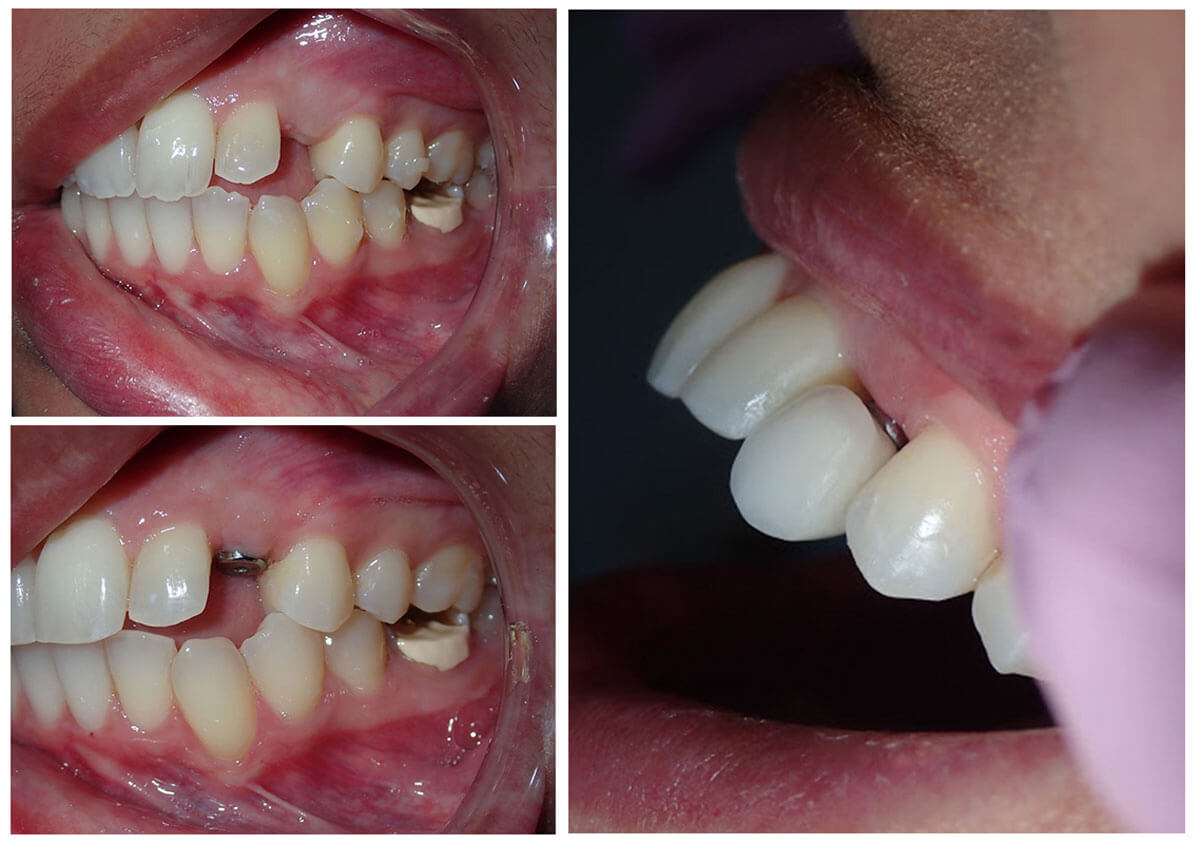The Greatest Guide To Dental Sense
Table of Contents3 Easy Facts About Dental Sense ShownDental Sense for BeginnersThe Best Strategy To Use For Dental SenseFacts About Dental Sense Uncovered
are medical gadgets operatively implanted right into the jaw to recover a person's capability to chew or their appearance. They provide assistance for synthetic (fake) teeth, such as crowns, bridges, or dentures. When a tooth is shed due to injury or illness, an individual can experience difficulties such as rapid bone loss, malfunctioning speech, or changes to chewing patterns that cause discomfort.Oral dental implant systems consist of an oral implant body and dental implant joint and may also include a joint addiction screw. Front tooth filling. The dental implant body is operatively inserted in the jawbone in location of the tooth's origin. The dental implant joint is normally affixed to the implant body by the joint fixation screw and expands through periodontals right into the mouth to sustain the connected synthetic teeth
Smoking may affect the healing procedure and reduce the long-lasting success of the implant. The recovery procedure for the dental implant body might take a number of months or longer, during which time you commonly have a temporary abutment instead of the tooth. the dental implant procedure: Carefully adhere to the dental health directions offered to you by your dental company.
The 9-Second Trick For Dental Sense
Implant failure can result in the need for another medical treatment to take care of or change the dental implant system. Recovers the capacity to chew Recovers aesthetic appearance Aids maintain the jawbone from diminishing due to bone loss Maintains the health of the bordering bone and gums Aids keep surrounding (nearby) teeth stable Improves lifestyle Damage to bordering natural teeth throughout implant placement Injury to the surrounding cells during surgical treatment, such as sinus perforation Injury during surgery (for instance, fracture of surrounding jawbone) Poor feature, such as feeling like the teeth do not bite with each other generally A sensation that the tooth hangs or twisting in position arising from an abutment screw loosening Implant body failing (looseness of the implant body) due to systemic infection, which may be extra likely in people with unchecked diabetes mellitus due to local infection in bone and gum tissues supporting the implant body due to delayed recovery, which may be a lot more likely in clients who smoke Problem cleansing the gum tissues around the dental implant, causing bad dental health Untreated periodontal illness Post-surgical tingling because of nerve impingement or damage Always inform wellness treatment providers and imaging technicians that you have oral implants prior to any magnetic vibration imaging (MRI) or x-ray treatments.
FDA is not familiar with any kind of unfavorable occasions reported for MRI or x-ray procedures with oral implants. Dental implants systems are normally made from products that comply with international consensus requirements of the International Company for Standardization (ISO) or ASTM International. These criteria have information of what makes a secure product.

An oral implant is a framework that changes a missing out on tooth. With screw-like devices, the specialist inserts a dental implant into the jawbone, and it acts as a support for a synthetic tooth, called a crown. A device called an abutment connects the synthetic tooth to the dental implant. The crown is personalized to fit the individual's mouth and match the shade of their teeth.
How Dental Sense can Save You Time, Stress, and Money.
Some individuals are not eligible for dental implant surgery. It is for oral cosmetic surgeons to operate individuals with: severe illnessuncontrollable metabolic diseasebone or soft cells condition or infectionIf these issues are resolved, an individual can have the surgical treatment. In, oral specialists avoid operating people with: If individuals with any of the above go through oral implant surgery, there is a higher danger of the dental implant Your Domain Name stopping working.

Oral implant surgery is a personalized process. It's not the same for everyone. Yet the complying with gives a general review of what you can expect your dental professional, dental specialist, periodontist or prosthodontist to do: Put the implant surgically. Give you time to heal. Affix the message and final crown, bridge or denture.
Next, your specialist will thoroughly put the oral implant right into your jaw. Lastly, your cosmetic surgeon will certainly reposition your periodontals and close the cut with stitches. If your dental implant is near the front of your mouth, your dental expert will make a short-term tooth for you to put on till you heal. In this way, you will not have a gap in your smile while you recoup.
Dental Sense Fundamentals Explained
During the healing stage, your jawbone should fuse to the oral implant. This process can take anywhere from 3 to nine months.
When your dental implant heals, your dental expert can affix the joint (small port message) and your last remediation (crown, bridge or denture). This normally takes about one hour to finish and may require a 2nd minor surgical procedure. You should not feel any kind of discomfort throughout your oral implant treatment since your company will certainly use medication to numb your gums.
Comments on “Some Known Questions About Dental Sense.”